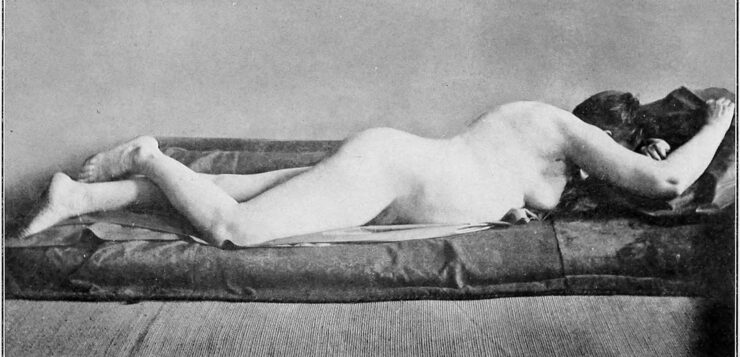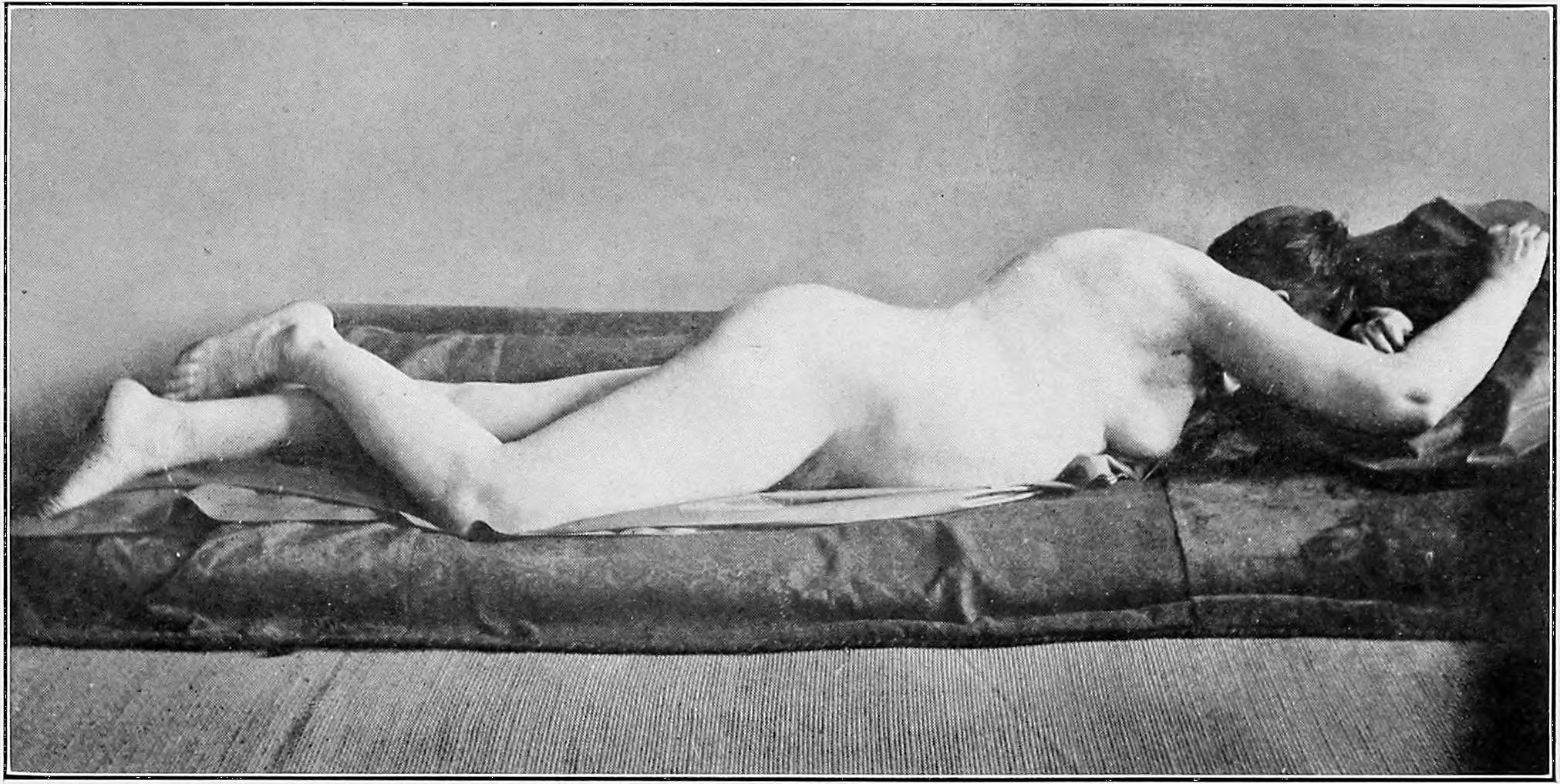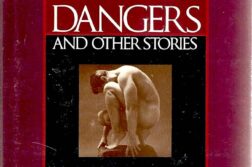BY DAY, the pseudonymous Jennie June lived a respectable, middle-class life in early 20th-century New York. By night, he traipsed through the shadows of working-class communities as a woman, cruising soldiers and other trade. If he’d been born a century later, he might have seen himself as a trans woman or nonbinary person, but in the language of his era he identified as a “passive invert,” a “Uranian,” a “fairy,” a “boy-girl,” or an “androgyne” (from the ancient Greek ἀνδρόγυνος, or “man-woman”), and used masculine pronouns to describe himself. I have chosen to do the same out of respect for this preference. Channing Gerard Joseph of OutHistory.org has tentatively identified June as one Mowry Saben, a prolific yet largely forgotten journalist.
We know a lot about June because he wrote three memoirs chronicling his double life in graphic, poetic detail. The first and most famous, Autobiography of an Androgyne, was published with a limited run of 1,000 copies and was only sold through the mail to “physicians, lawyers, legislators, psychologists, and sociologists.” According to June’s own introduction, he began writing the book in 1899 hoping that it might move the reader “to say a kind word for any of the despised and oppressed step-children of Nature—the sexually abnormal by birth.” However, the book was essentially ignored upon its release.
June wrote in an eloquent, highly erudite style that displays his extraordinary learning. He intertwines surprisingly explicit descriptions of his sexual encounters with thoughtful defenses of his nature. He regularly refers to works by various prominent sexologists of the period, such as John Addington Symonds and Havelock Ellis. He comes across as extremely well-read, referencing writers from Plato to Oscar Wilde. The narrative occasionally switches to the third person, allowing the reader to see June as he might have appeared to a contemporary observer. As Yale professor of sexuality studies Scott Herring writes, the book could also be understood as an unusual example of the late 19th-century genre of slumming literature that served as a midway point between these slumming narratives and the camp writings of gay modernists. He also argues that, on account of the style and use of literary devices, the work should be classified as creative nonfiction.
Lee Lanzillotta is a gay, transmasculine writer originally from Virginia. He studies Classics in Rome, Italy.








